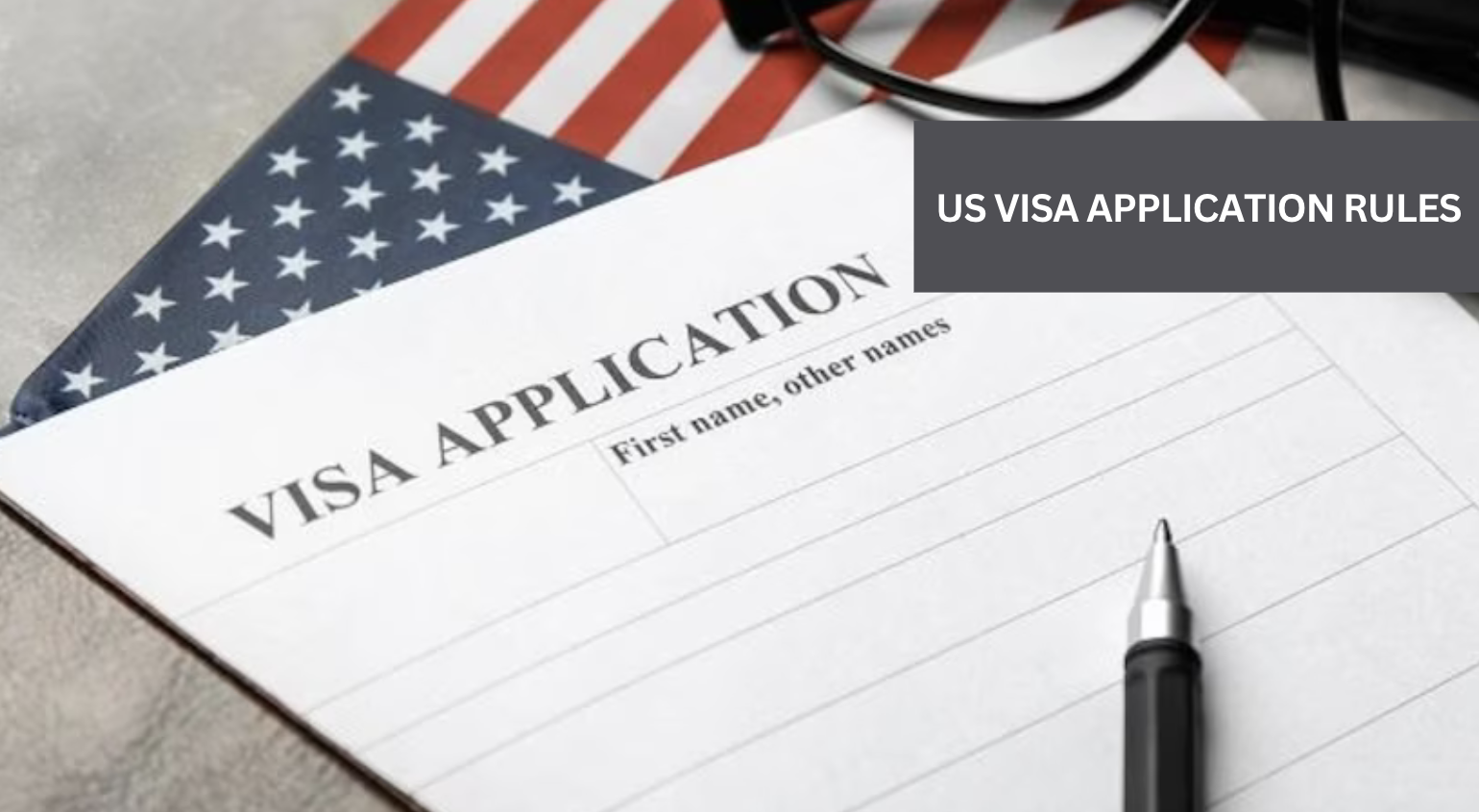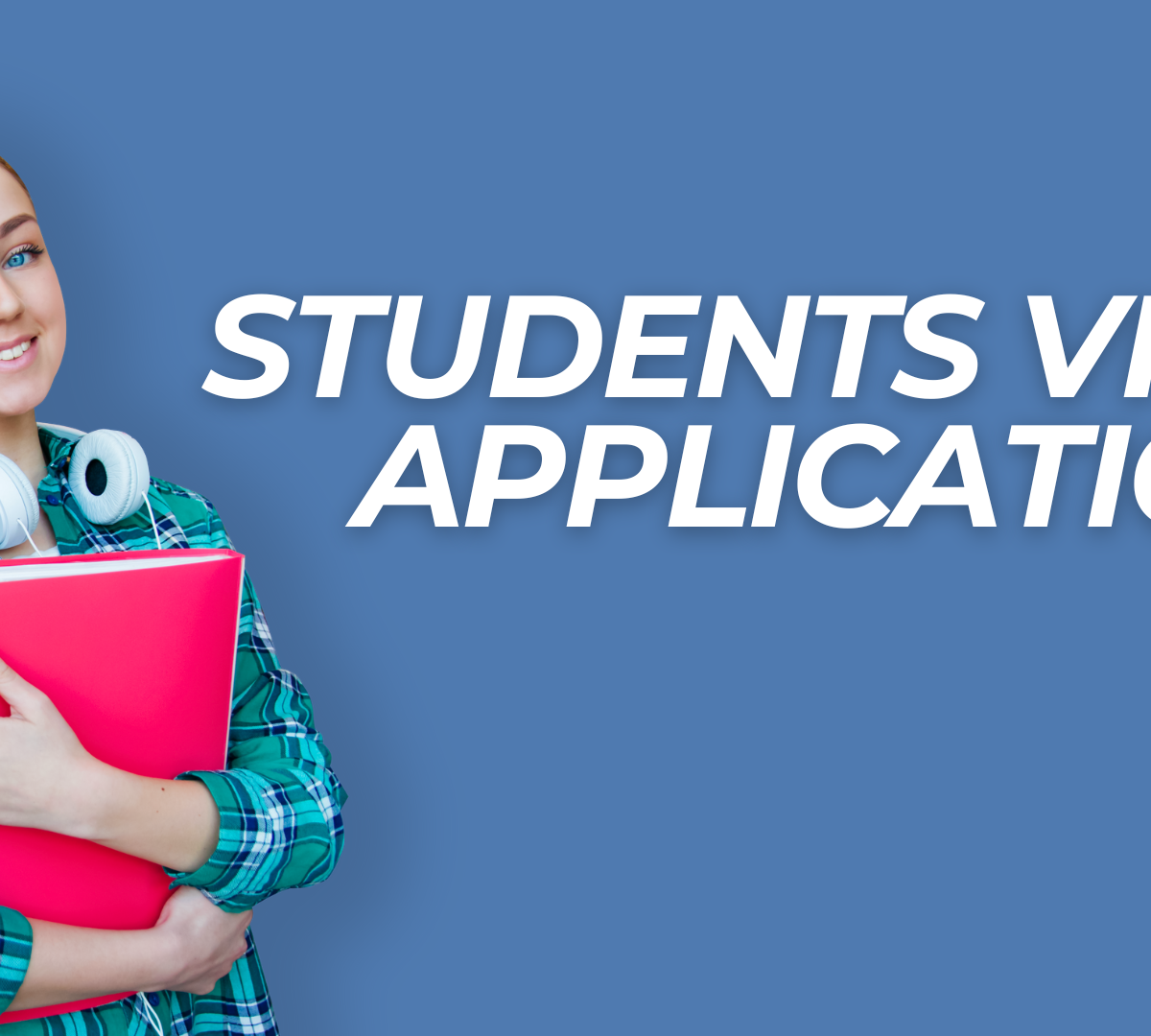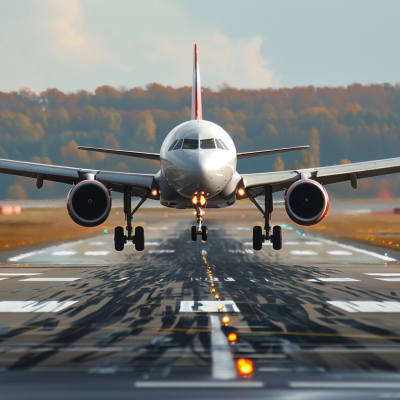Obtaining a student visa to study in the United States can be a complex process, and the requirements set by the US government can be difficult to understand.
One crucial factor that can impact the success of your visa application is your issuing country or country of origin.
The relationship between your issuing country and the United States can influence the scrutiny your application receives and the documentation required to prove your ties to your home country.
This article will explore how your issuing country can affect your student visa application process.
We will provide the knowledge and tools to navigate this hectic yet essential system.
By understanding the role of your issuing country, you can better prepare yourself for the visa application journey ahead.
Detailing the Key Insights of Student Visas
When it comes to studying in the United States, international students have several visa options to choose from.
Each student visa type has its requirements, privileges, and limitations.
In this section, we’ll explore the different types of student visas in detail so you can decide which one best suits your academic goals and circumstances.
1. F-1 Visa
The F-1 visa is the most common student visa for those pursuing academic studies at an accredited US college or university.
This includes associate, bachelor’s, master’s, and doctoral degrees and language training programs.
To be eligible for an F-1 visa, you must be a full-time student and maintain a minimum course load.
F-1 visa holders can work on-campus and may be eligible for off-campus employment through Curricular Practical Training (CPT) or Optional Practical Training (OPT) programs.
2. M-1 Visa
The M-1 visa is designed for students attending vocational or technical schools in the United States.
This includes programs such as mechanical studies, cooking classes, cosmetology courses, and flight training.
M-1 students must maintain a full course load and cannot work off-campus during their studies.
However, after completing their program, they may participate in practical training related to their field of study.
3. J-1 Visa
The J-1 visa is for individuals participating in cultural exchange programs, including study, research, teaching, and training.
This visa category encompasses a wide range of programs, such as:
- Student exchange programs
- Research scholarships
- Teaching assistantships
- Internships
- Au pair placements
J-1 visa holders may be subject to a two-year home residency requirement, which requires them to return to their home country for at least two years after completing their program before being eligible for certain types of US visas.
Apart from these three standard visa options, three other F, M, and J variants are associated with the key relevance of the main three options; a brief detail is listed in the section below.
- F-2 Visa: The F-2 visa is for the dependents (spouses and unmarried children under 21) of F-1 visa holders. F-2 visa holders cannot work in the United States but may study part-time at a SEVP-certified school.
- M-2 Visa: The M-2 visa is for the dependents (spouses and unmarried children under 21) of M-1 visa holders. Like F-2 visa holders, M-2 dependents cannot work but may study part-time.
- J-2 Visa: The J-2 visa is for the dependents (spouses and unmarried children under 21) of J-1 visa holders. J-2 visa holders may be eligible to apply for work authorization through the United States Citizenship and Immigration Services (USCIS).
The US also has the provision of other visas that are out for educational purposes and pertain to the needs of travelers in different circumstances:
- H-1B Visa: This non-immigrant visa allows US companies to employ foreign workers in specialty occupations. Some international students may transition from an F-1 or J-1 visa to an H-1B visa after completing their studies and securing employment.
- O-1 Visa: The O-1 visa is for individuals with extraordinary ability in the sciences, arts, education, business, or athletics. Some graduate students or researchers may qualify for this visa category.
- Q-1 Visa: The Q-1 visa is for participants in international cultural exchange programs that provide practical training, employment, and cultural exchange opportunities.
Understanding the different types of student visas and their requirements is crucial for international students planning to study in the United States.
By choosing the appropriate visa category and adhering to its guidelines, you can ensure a smooth and successful educational journey in the US.
The Role of Your Issuing Country in Obtaining a Student Visa
Your issuing country is crucial in determining the specific visa application procedures you’ll need to follow. The U.S. Embassy or Consulate in your country is responsible for processing your student visa application.
Here are a few crucial roles your country plays in the procedure.
- Visa Application Procedures: The requirements, documents, and interview procedures may vary depending on your country of origin. To ensure a smooth application process, it’s essential to research and understand the specific guidelines set forth by the U.S. diplomatic mission in your issuing country.
- Visa Appointment Wait Times: The wait times for visa interview appointments can differ significantly based on your issuing country. Some countries may experience longer wait times due to high demand for U.S. student visas or limited consular staff available to conduct interviews. On the other hand, some countries may have shorter wait times, allowing for a more expedited visa application process.
- Visa Approval Rates: Visa approval rates can vary greatly by country, which is important to consider when applying for a U.S. student visa. The U.S. Department of State publishes annual statistics on nonimmigrant visa application outcomes, broken down by nationality. Students from countries with higher visa refusal rates may face additional scrutiny during the application process.
- Diplomatic Relations: The diplomatic relationship between your issuing country and the United States can significantly influence the visa application process. Countries that maintain strong ties and positive relations with the U.S. may benefit from more streamlined processes and favorable consideration during visa adjudication. Conversely, countries with strained or complicated relationships with the U.S. may face additional challenges and barriers.
- Proof of Ties to Home Country: Consular officers assessing your U.S. student visa application will evaluate your ties to your home country to determine the likelihood of you returning after completing your studies. The strength of your ties, such as family relationships, employment prospects, property ownership, and cultural connections, may be evaluated differently based on your issuing country’s economic and social conditions.
- Language and Cultural Barriers: Students from countries where English is not the primary language may face additional language barriers during the visa application process. It’s important to prepare for the interview by practicing your English language skills and familiarizing yourself with common visa interview questions.
- Prevalence of Fraud: Countries with higher instances of fraudulent visa applications may face increased scrutiny and longer processing times. Consular officers may request additional documentation or conduct more extensive background checks for applicants from these countries. If your issuing country has a history of high fraud rates, it’s crucial to ensure the authenticity and credibility of all documents submitted with your visa application.
While your issuing country can certainly influence various aspects of your U.S. student visa application process, it’s important to remember that each application is evaluated on its own merits.
What is the Detailed Application Process to Avail Visa?
Applying for a student visa to study in the United States can seem like a daunting process, but with careful planning and attention to detail, you can navigate the steps successfully.
This comprehensive guide will walk you through the entire application process, from choosing the right visa type to attending your visa interview. Let’s get started!
Step 1: Determine the Appropriate Visa Type
Before you begin the application process, you need to determine which type of student visa is appropriate for your situation. The three main types of student visas are:
1. F-1 Visa: For students attending an academic program at a U.S. college, university, or language training program.
2. J-1 Visa: For students participating in exchange programs, including study, research, teaching, or training.
3. M-1 Visa: For students attending a vocational or non-academic program at a U.S. institution.
Step 2: Apply and Be Accepted by a SEVP-Approved School
Once you’ve determined the appropriate visa type, you must apply and be accepted by a school that is approved by the Student and Exchange Visitor Program (SEVP).
Only SEVP-approved schools can enroll international students and provide the necessary documents for the visa application process.
You can find a list of SEVP-approved schools on the Study in the States website.
Step 3: Pay the SEVIS I-901 Fee
After being accepted by an SEVP-approved school, you will be registered in the Student and Exchange Visitor Information System (SEVIS).
You must pay the SEVIS I-901 fee at least three days before submitting your visa application. The fee can be paid online or by mail using the options provided on the SEVP website.
Step 4: Complete the Online Visa Application (Form DS-160)
The next step is to complete the online nonimmigrant visa application, Form DS-160. This form will ask for personal information, travel plans, and background details.
You will also need to upload a recent photograph that meets the specified requirements. Be sure to have all the necessary information on hand before beginning the application.
Step 5: Schedule a Visa Interview
After completing the online application, you will need to schedule an interview at the U.S. Embassy or Consulate in your country.
Wait times for interview appointments vary by location, so it’s important to apply early. You can schedule your appointment online or by phone through the embassy or consulate website.
Step 6: Prepare for Your Visa Interview
Before your interview, gather all the required documents, which may include:
- A valid passport
- Your signed Form I-20 or DS-2019 (provided by your school)
- SEVIS I-901 fee payment receipt
- DS-160 confirmation page
- Visa application fee payment receipt
- Visa interview appointment letter
- Photographs (if not uploaded with the online application)
- Academic transcripts, test scores, or diplomas
- Proof of financial support
- Evidence of ties to your home country
Step 7: Attend Your Visa Interview
On the day of your interview, arrive at the U.S. Embassy or Consulate on time with all the required documents.
A consular officer will interview you to determine your eligibility for a student visa.
They may ask about your academic plans, financial support, and ties to your home country. Answer questions honestly and concisely.
Step 8: Wait for Visa Processing
After your interview, the consular officer will inform you if your application requires further administrative processing.
Processing times vary, so be patient and avoid making travel plans until you have your visa in hand.
Step 9: Receive Your Visa and Prepare for Travel
If your visa is approved, you will be informed about the visa issuance fee (if applicable) and the process for retrieving your passport with the visa.
Once you have your visa, you can make travel arrangements to the United States.
Remember, a visa does not guarantee entry; it only allows you to travel to a U.S. port of entry and request permission to enter the country from a Customs and Border Protection (CBP) official.
By following these steps and providing all the necessary information and documents, you can successfully navigate the U.S. student visa application process.
Remember to start early, be thorough, and seek guidance from your school or the U.S. Embassy or Consulate if you have any questions along the way. Good luck with your studies in the United States!
Changes in The US Visa Application Process: Everything for You to Know

As an international student aspiring to study in the United States, it’s crucial to stay informed about the latest changes in the visa application process.
In 2023, the U.S. Department of State introduced several significant updates that affect students from various issuing countries.
These changes aim to streamline the process and provide more flexibility for prospective students.
Let’s dive into the details of these changes and what they mean for you.
1. Extended Visa Issuing Timeline
One of the most notable changes is the extension of the visa issuance timeline.
As of February 21, 2023, consular officers are now authorized to issue F or M student visas up to 365 days before the student’s Program Start Date.
This is a significant increase from the previous limit of 120 days.
This change provides students from different issuing countries with more time to plan their travel and prepare for their studies in the United States.
However, it’s important to note that while the visa can be issued earlier, students are still only permitted to enter the United States up to 30 days before their Program Start Date, as indicated on their Form I-20, “Certificate of Eligibility for Nonimmigrant Student Status.”
2. Visa Application Fee Increase
Another significant change announced by the State Department on March 28, 2023, is the increase in certain nonimmigrant visa application processing fees, including those for student and exchange visitor visas.
Starting from May 30, 2023, the cost for student and exchange visitor visas will increase from $160 to $185.
This fee increase applies to all issuing countries and is important for students to consider when budgeting for their study abroad expenses.
3. Staying Informed and Prepared
As an international student, it’s essential to stay informed about the latest changes in the visa application process, regardless of your issuing country.
By understanding these changes and following the guidelines set forth by the U.S. Department of State, you can ensure a smoother and more successful visa application experience.
Remember to work closely with your institute officials, stay updated on the information provided by the U.S. Embassy or Consulate in your issuing country, and visit the official Student Visa page on travel.state.gov for the most up-to-date information on the visa application process.
By staying informed and prepared, you’ll be one step closer to realizing your dream of studying in the United States, no matter which issuing country you call home.
Final Words
Getting a student visa to study in the United States involves a complex process that requires careful planning and attention to detail.
Your issuing country plays a significant role in the visa application process, and the influencing factors mentioned above have a crucial role to play.
It is essential to be updated with all the recent trends and prerequisites to complete the task in the best possible manner.
By understanding the specific requirements, challenges, and considerations associated with your country of origin, you can better prepare your application, anticipate potential obstacles, and increase your chances of successfully obtaining a U.S. student visa.






